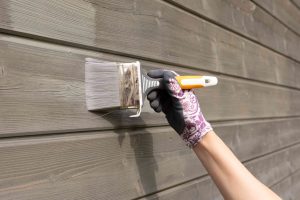The majority of HELOCs come with variable rate terms and are currently running at an average of close to 9%. Tied to the going prime rate, HELOC averages rise and fall with policy decisions of the Federal Reserve.
As the central bank raised its rate over the past several months,
The decline in originations also coincided with a shift in priorities among borrowers at the Bank of Oklahoma in the midst of inflation and rising rates, according to Tanya Ball, its home loans regional director. While the bank’s marketing campaigns in 2022 showed clients holding strong interest in using HELOCs to fix up their properties, other economic priorities have come to the fore more recently.
“What we’re seeing — the majority — is debt consolidation right now. Home renovation took a little bit of a backseat,” Ball said.
And in spite of the recent growth of HELOC originations, a “surprisingly high number” of borrowers never drew from their equity, according to Ken Flaherty, manager, home equity, at Curinos.
“We’ve seen an increase in the total of non-utilized HELOCs come on lenders books, simply because they like to have one, but they don’t necessarily have the appetite to take a draw,” he said, an indication consumers may see them as a rainy day fund.
“Sizes are going up. But actual usage is going down,” he said, noting that the gap between HELOC size and utilization has grown over the past decade.
Read the full article here














